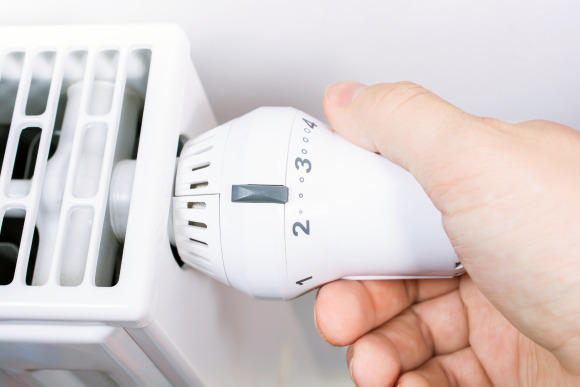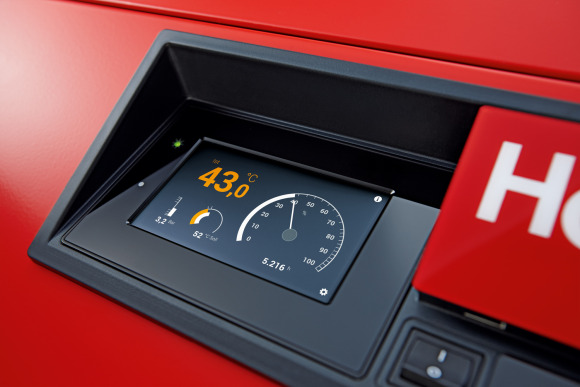Don’t get overheated

Don’t get overheated
With energy costs spiralling upwards and the ever-present spectre of climate change it’s incumbent on all building owners and operators to eliminate energy wastage as much as possible.
- Blog
- End customer - Investor

Zoning is particularly important in businesses where staff occupancy is variable. The days of all staff going to the office five days a week are behind us post-lockdown. Hybrid working is now common and it’s important to ensure that unoccupied areas aren’t being heated unnecessarily.
The same principle applies to many logistics and warehouse buildings where areas are often unoccupied for much of the time. A zoned heating system enables separate areas to be heated independently, ideally linking the heating to occupancy sensors to provide demand-controlled heating.

In all such cases, the heating system needs to have the inherent flexibility to respond in the most efficient manner. For instance, boilers with a good turndown capacity and modulating burners are able to operate efficiently at part-loads, thereby maintaining efficiency as demand for heat from the building falls.


